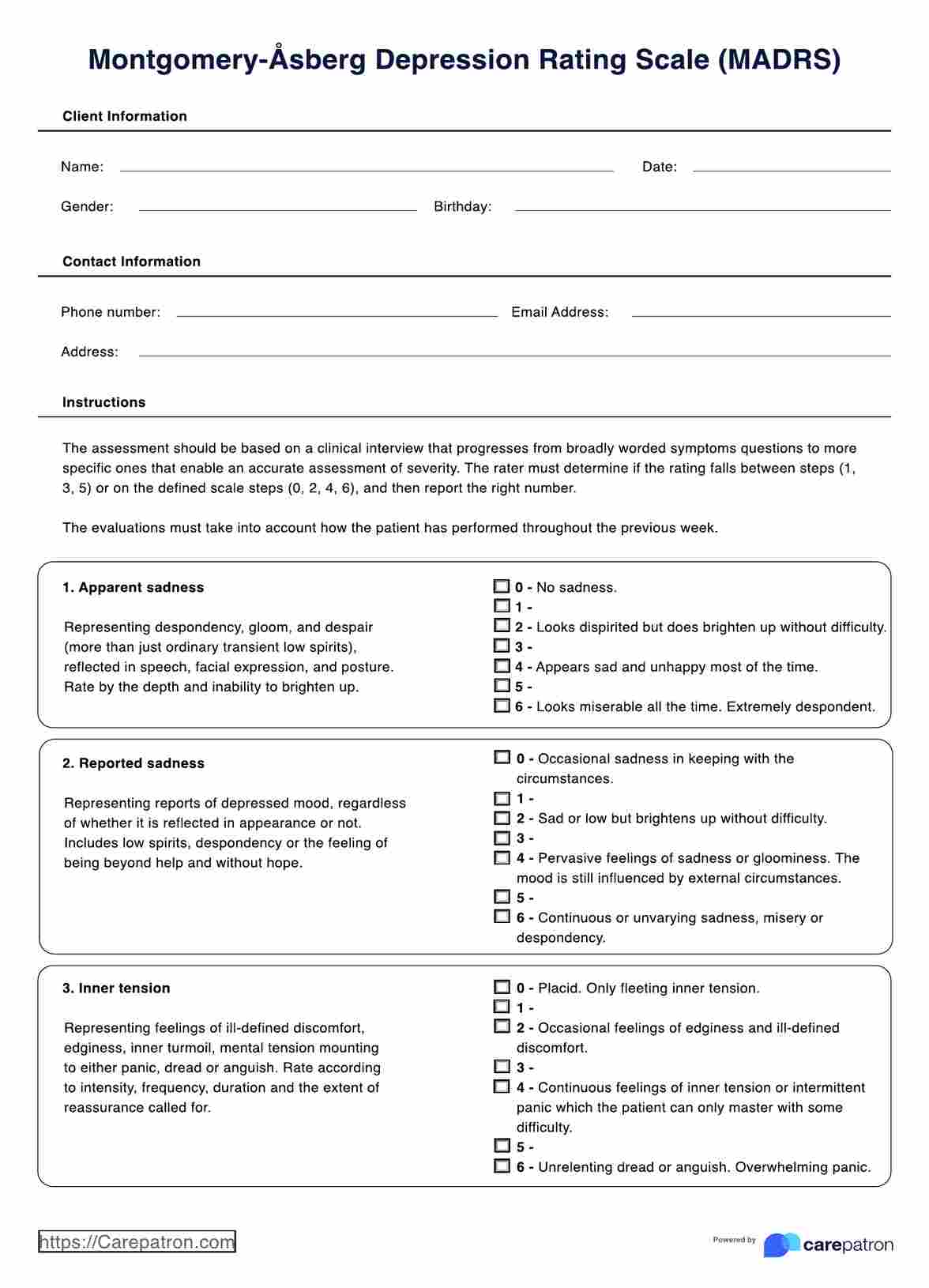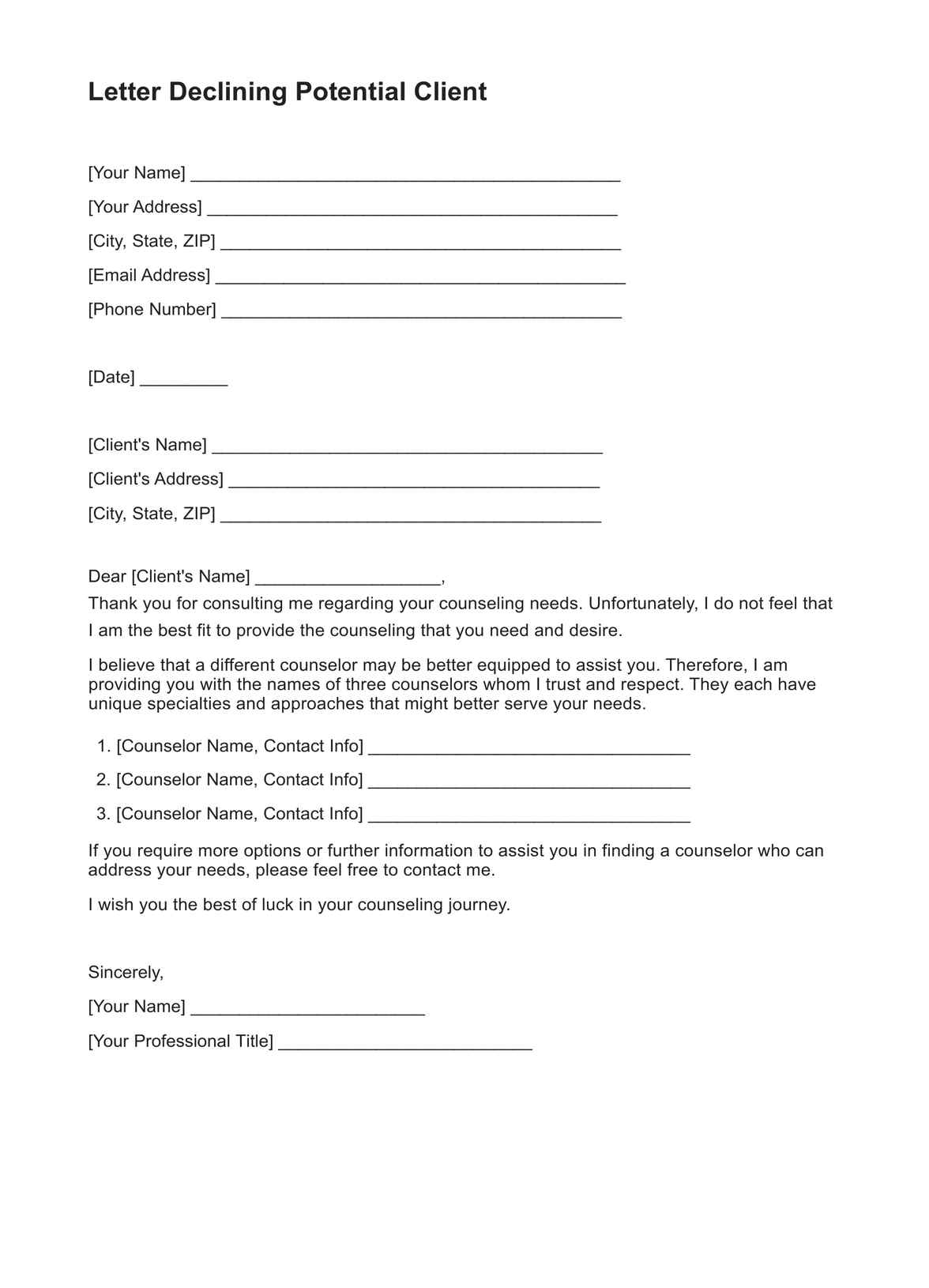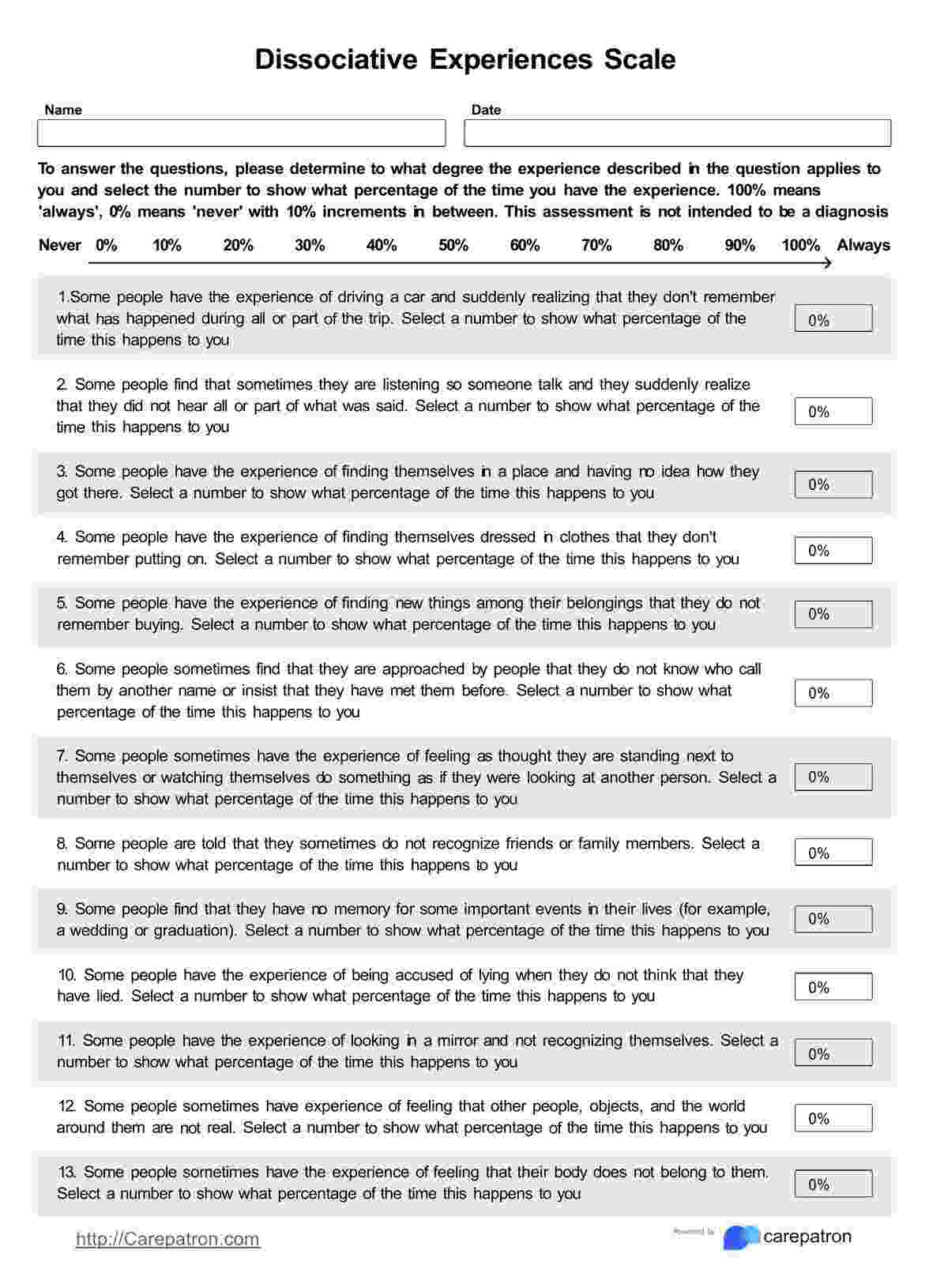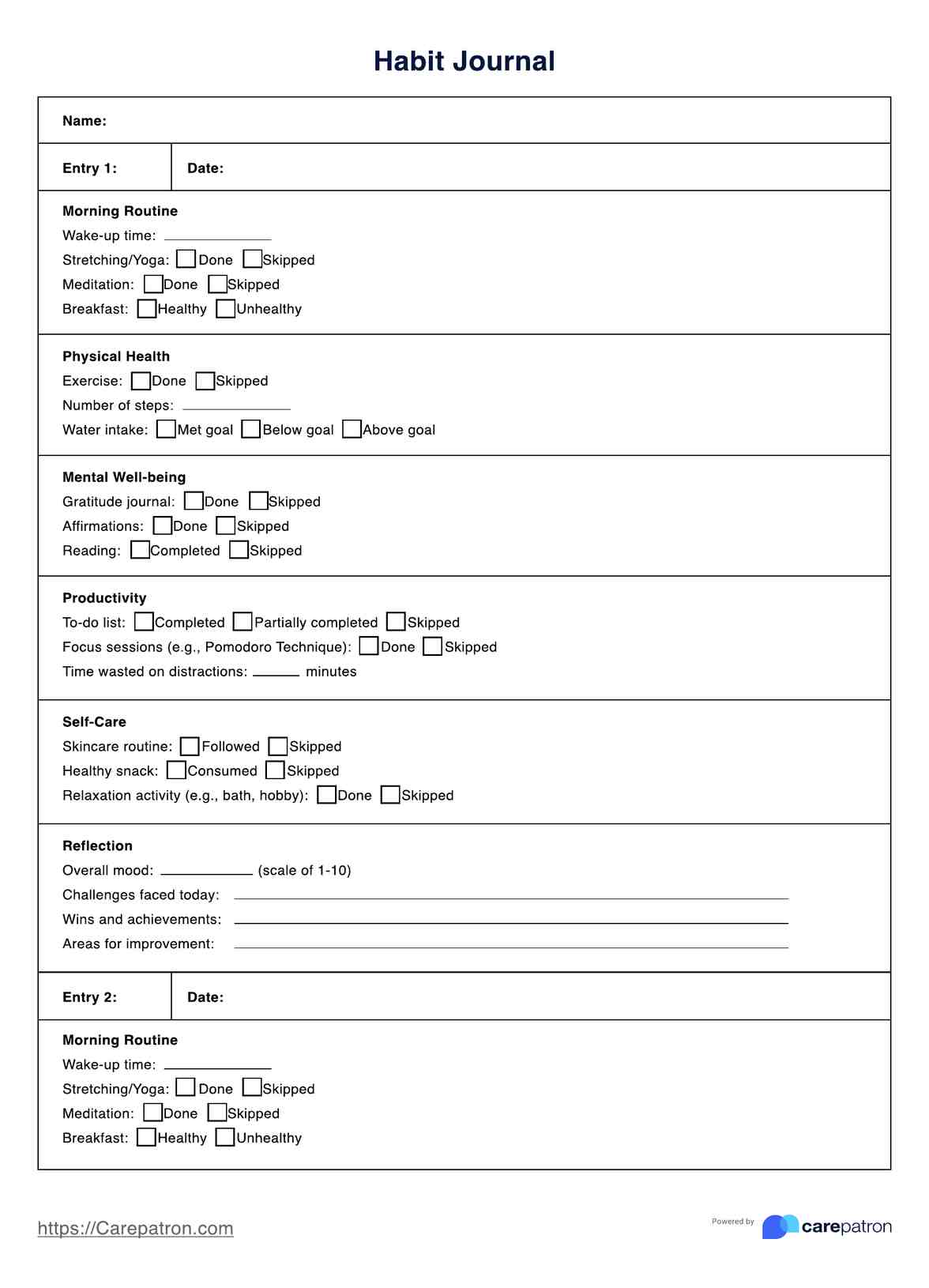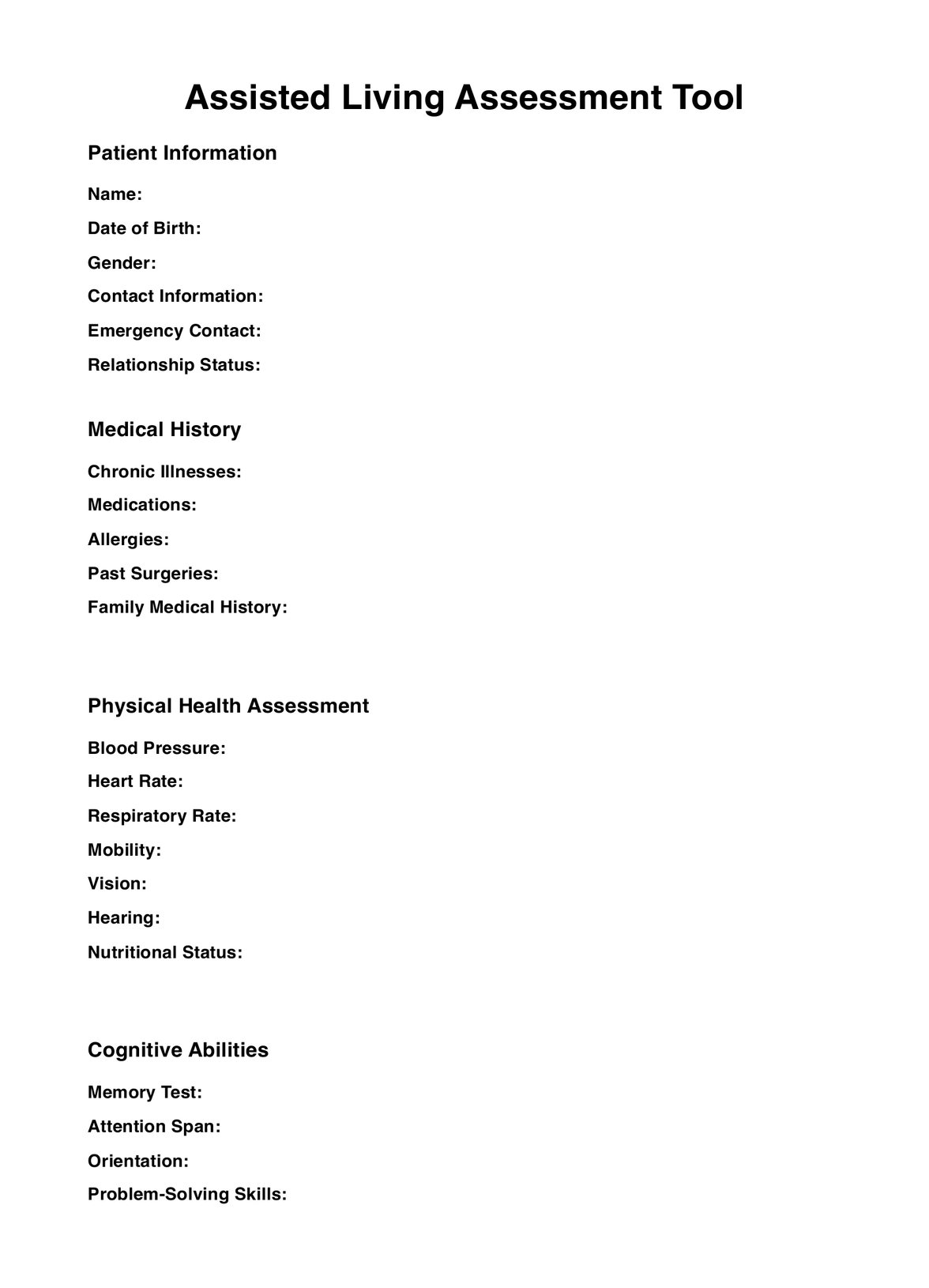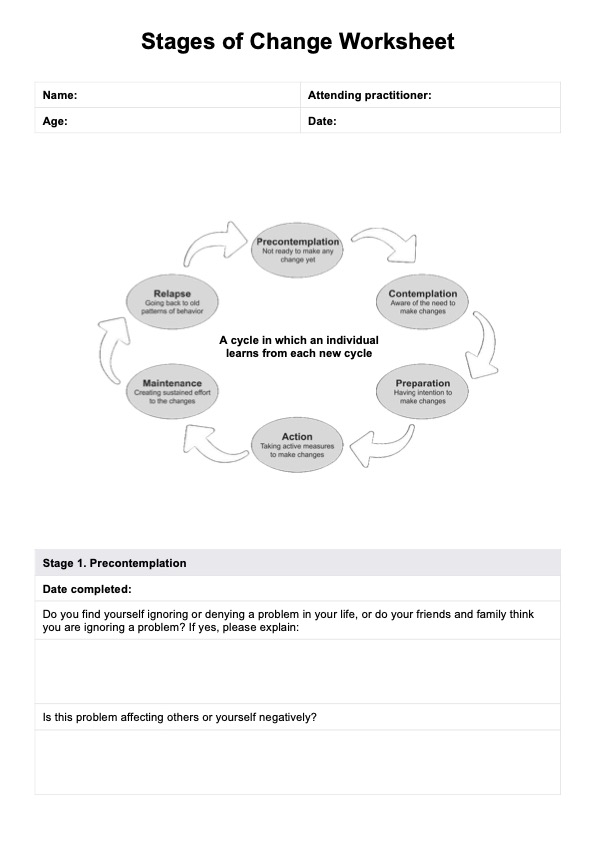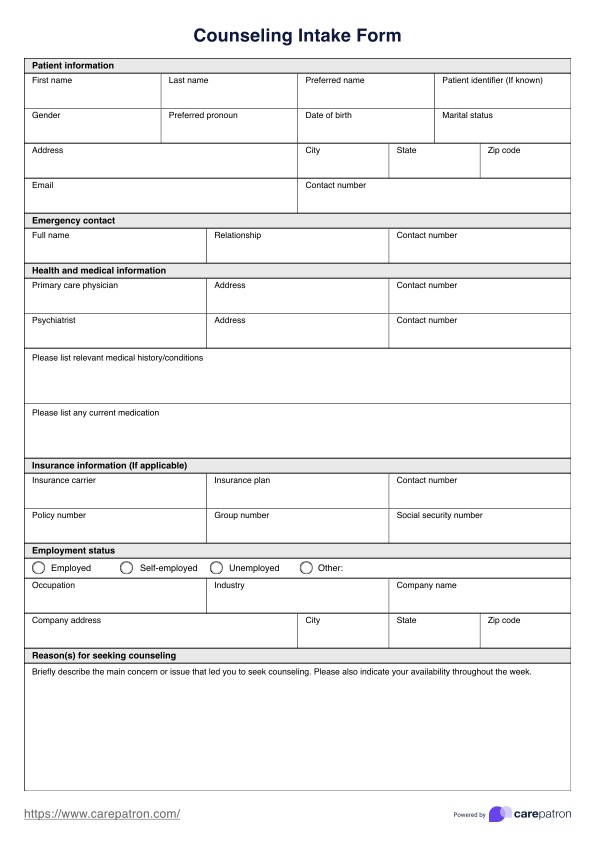Narrative Therapy Worksheet
Create a more positive and constructive narrative for your problem with our FREE Narrative Therapy Worksheet.


What is a Narrative Therapy Worksheet?
Narrative therapy is a type of therapeutic intervention that encourages individuals to reflect on their life stories and find ways to make changes for the better. It can be used in individual or group settings, as part of a larger therapeutic process like a narrative therapy center. Narrative therapy exercises typically involve writing down one's story relating to a specific problem or experience and exploring how one's current thoughts and behavior patterns define one's narrative. Narrative therapy techniques aim to help participants gain insight into themselves and create new perspectives towards situations and experiences in their lives. This can be an effective form of treatment for those struggling with depression, anxiety, trauma, or other mental health issues.
Narrative therapy worksheets often involve various activities such as writing stories about how certain events or problems have impacted them; discussing ways to re-frame those challenging experiences into more positive ones; reflecting on the power of language in shaping our identity; and brainstorming strategies for positive change. Through this process, people can gain greater self-awareness and develop healthier perspectives which ultimately helps them move forward more productively.
Printable Narrative Therapy Worksheet
Download these Narrative Therapy Worksheets to improve your client's treatment outcomes and experience.
Narrative Therapy Worksheet Template
Narrative Therapy Worksheet Example
How to use this worksheet for Narrative Therapy
This worksheet can be used either during therapy or for personal development. We have made a narrative therapy worksheet example to give you an idea of what this worksheet is about. To use our narrative therapy worksheet, follow these simple steps below:
Step one: Download the template
Download the worksheet from our website. You can access it digitally, print it out, or find it via the Carepatron template library, offering you more freedom with the format.
Step two: Set the scene
Take a few moments to set the scene. This includes writing your name, the date, and a brief description of the current problem or issue and getting your mindset into the right position.
Step three: Externalize the problem
Externalizing the problem is the act of separating yourself from the problem. This means that rather than perceiving the problem as a part of who you are, you are viewing it as a separate entity.
Step four: Another perspective
This is the main part of the narrative therapy worksheet. Here, you will look at the problem from a different perspective. Reframe the problem and change the way you think about the issue. For example, if the issue is that you are always late to work, reframe the problem by thinking of it as something that can be managed and controlled.
Step five: Action plan
Once you have reframed the problem, it is time to create an action plan. Think about steps you can take to address the problem and make a list of them. Think about your capacities and limitations to make these steps fairly reasonable.
Step six: Review and reflect
Before you wrap up, take a few moments to review and reflect on your process. Think about what you have learned and how you can apply these lessons in the future.
Who can use this printable Narrative Therapy Worksheet (PDF)?
The Narrative Therapy Worksheet can be used by anyone looking to gain clarity and insight into their narrative. This worksheet can be used by individuals dealing with any type of mental health issue, including depression, anxiety, post-traumatic stress disorder (PTSD), or other issues.
It is also beneficial for those who are not experiencing a mental health issue but need help understanding their story better. The Narrative Therapy Worksheet is designed to help people identify and explore the stories that shape their thoughts about themselves and the world around them. By exploring these stories, we can begin to challenge our assumptions and beliefs so we can make meaningful changes in our lives.
The worksheet includes questions to help people understand what they have been telling themselves over time, both consciously and unconsciously, and how this has affected their life experiences. It also provides tools for creating new narratives that more accurately reflect reality while allowing space for reflection on past events that may have shaped our current thoughts and feelings. Brief descriptions are provided adjacent to each question within the worksheet.
However, some techniques involved within narrative therapy can be complicated, so completing the worksheet with a qualified narrative therapist or mental health counselor is recommended for achieving the best result. This can encourage clients to learn some coping skills, as well as key concepts that can support them in helping any mental health concerns.
Why is this form useful for therapists?
Enhanced understanding of client
The narrative therapy worksheet helps therapists understand a client's story more deeply by mapping out the details of their experience in a visual way. This allows the therapist to draw connections between events or identify patterns that may have been missed during conversation alone. In turn, this provides greater insight into how the client has experienced certain situations, enabling therapists to offer tailored advice based on specific mental health needs and experiences.
Support for goal setting
When used consistently, the narrative therapy worksheet serves as an effective tool for goal setting and progress tracking with clients over time. Clients can use it to break down complex goals into manageable steps while tracking milestones along the way towards achieving them - allowing both parties involved in treatment sessions to stay focused on meeting desired outcomes throughout the therapy processes.
Improved therapist-client relationship
By working together on the narrative therapy worksheet, clients and therapists can engage in a collaborative process of exploring experiences and discovering new perspectives. This encourages an open dialogue between both parties, which helps build trust and understanding while also providing valuable insight into the client's thoughts, feelings, and behavior patterns that can inform treatment goals.
.png)
Benefits of this Narrative Therapy Worksheet
Improved self-esteem and confidence
The narrative therapy worksheet encourages people to reflect on their stories about their lives and challenge those stories. Ultimately, it helps clients convert catastrophizing stories into positive and functional narratives, improving self-esteem and confidence.
Increased insight
The narrative therapy worksheet helps individuals gain insight into how past experiences have shaped their present behavior and beliefs, encouraging them to view their experiences from multiple scopes. This can help them make more informed decisions in the future.
Tackles core issues
Because narrative therapy focuses on exploring both positive and negative aspects of a person's life story, it can help individuals identify key issues that need addressing in order to achieve change or healing.
Non-pathologizing approach
Rather than labeling an individual as “mentally ill” or “abnormal”, narrative therapy takes a non-pathologizing approach which views mental health issues as part of the person's life story rather than something wrong with them as a whole person.
Empowerment through reflection
By allowing clients to take control of their own life stories through reflection, narrative therapy promotes feelings of empowerment which can lead to lasting change and growth over time.
Commonly asked questions
A narrative therapy worksheet is used to help individuals explore their life stories and identify patterns in their thoughts, feelings, and behaviors. It can be used as a tool for self-reflection, healing, and establishing new life strategies. Narrative therapy worksheets are most often used by mental health professionals such as therapists or counselors who specialize in the practice of Narrative Therapy.
A Narrative Therapy Worksheet is typically completed by a mental health professional and the client they are working with. It is used to help clients identify and build upon their personal strengths and explore how certain aspects of their life story has shaped them. They may also be used by individuals on their own as part of a self-help process.
An ACT (Acceptance and Commitment Therapy) worksheet focuses on helping a person to become more mindful of their thoughts, feelings, and behaviors. It encourages people to take action in line with their values, even if it is uncomfortable or difficult. This type of therapy helps individuals accept and commit to the present moment without reacting or judging themselves for how they feel. A narrative therapy worksheet is designed to help individuals explore their stories, uncover meaning from events that have happened in the past, and look at current situations differently. The goal is to create new interpretations of old stories so that people can gain insight into how the past affects them today, helping people build healthier relationships with themselves and others by re-writing their narrative and creating a more positive outlook on life.


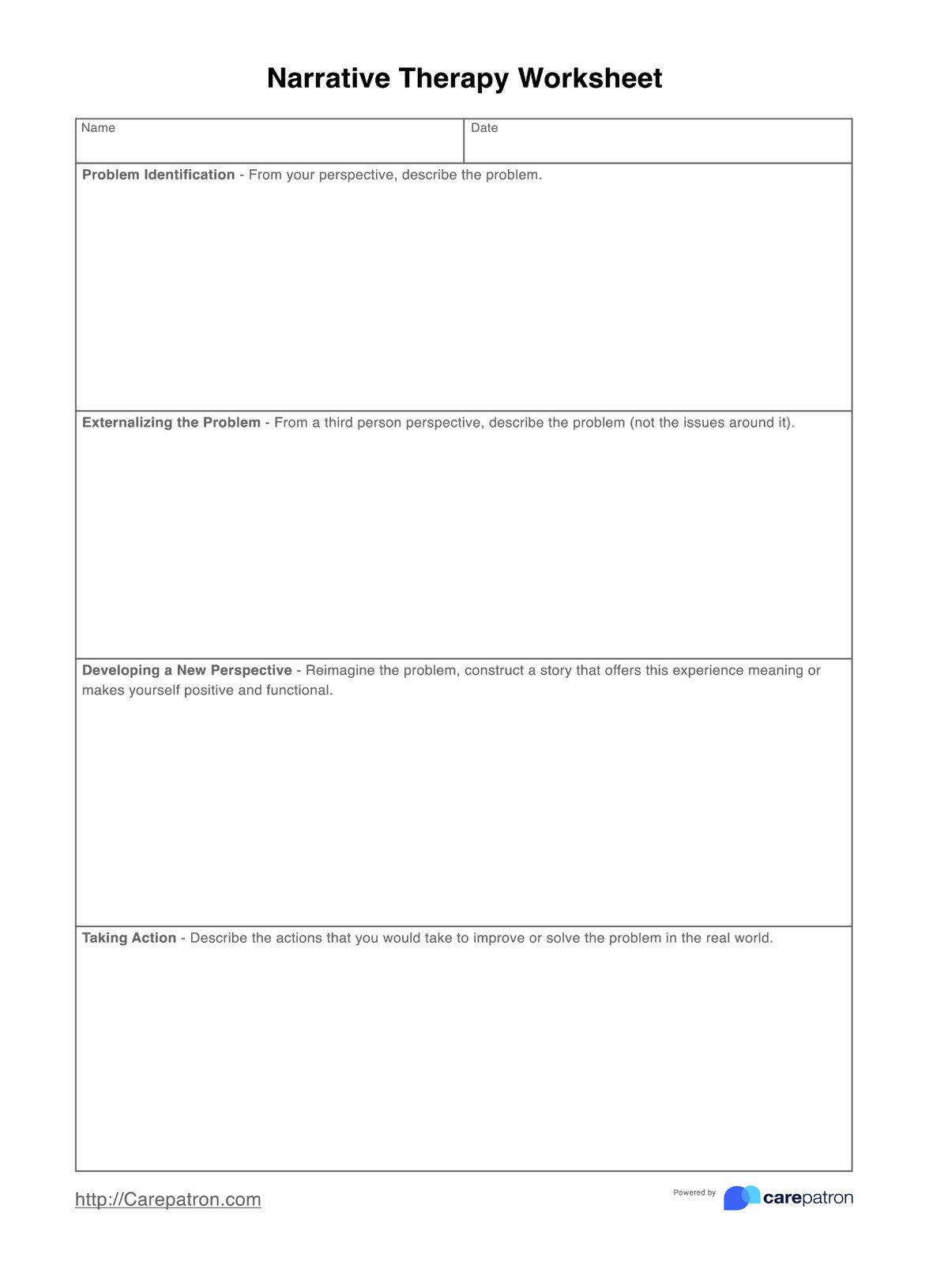
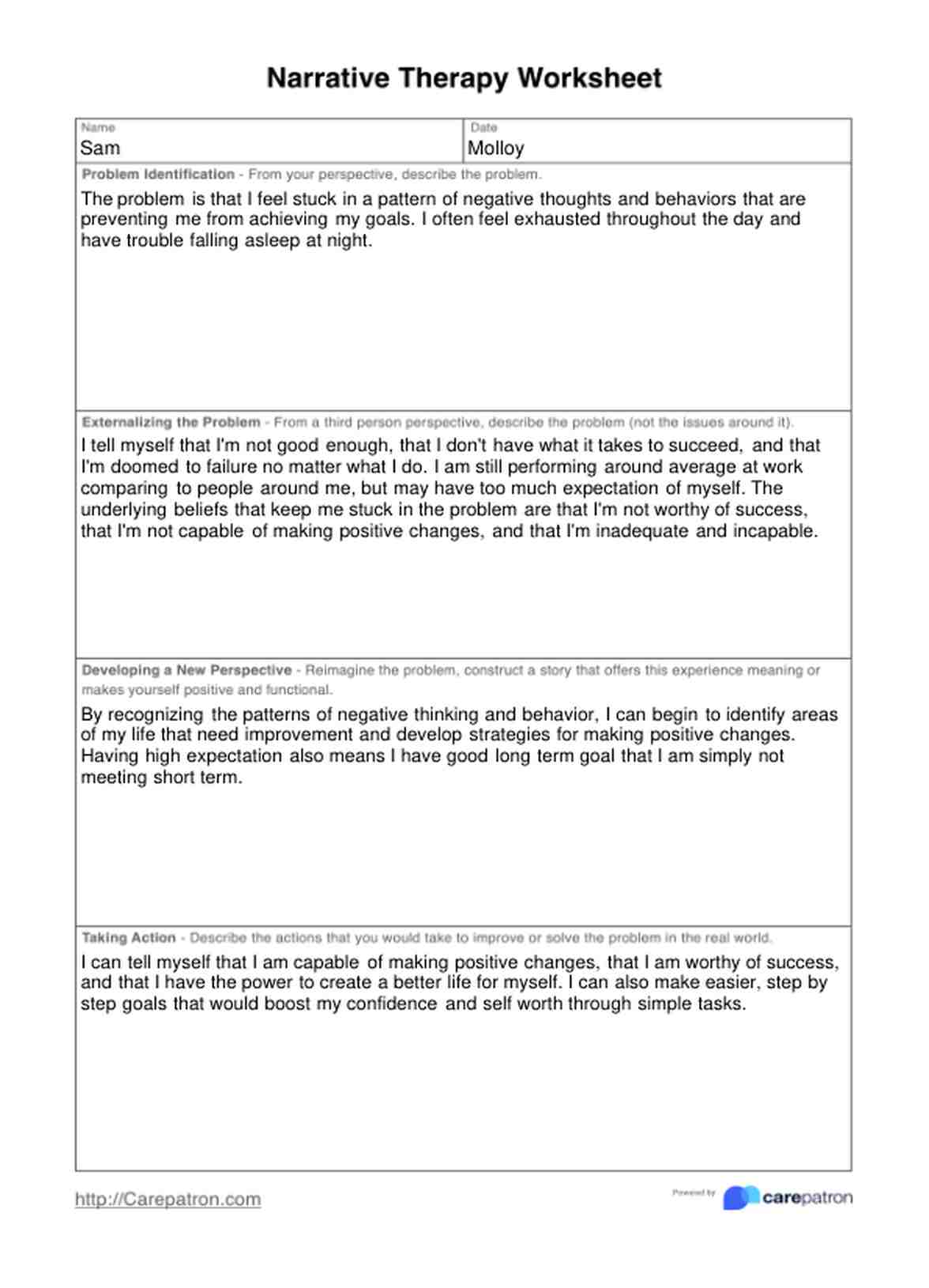















-template.jpg)





















































































